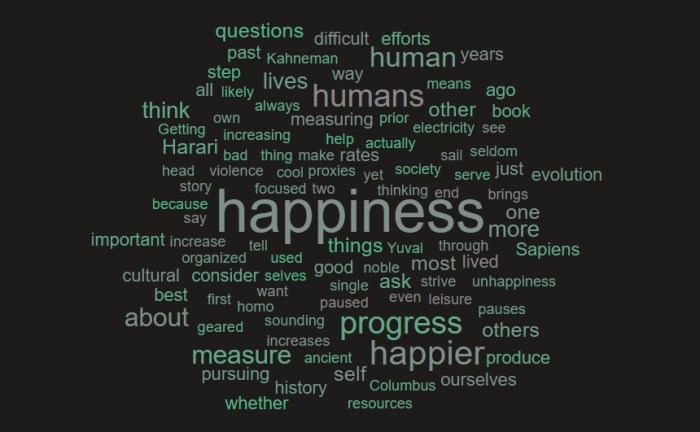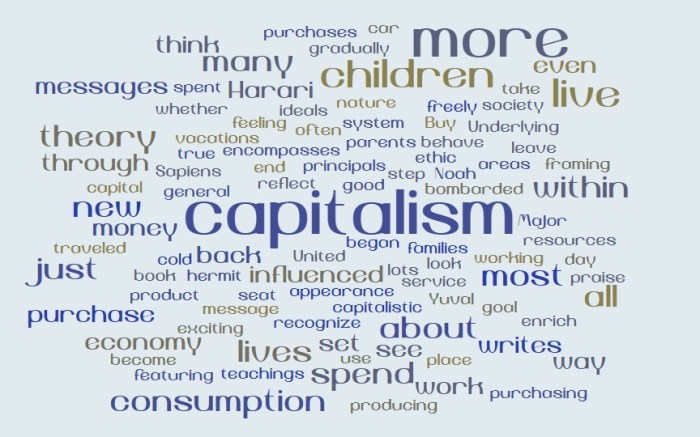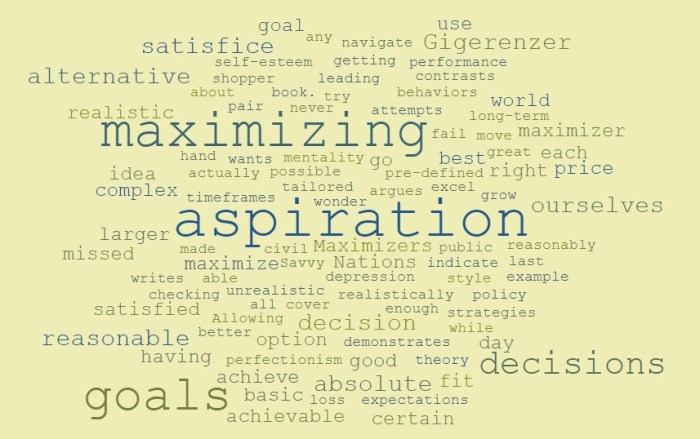I don’t think about it as much any more, but several years ago I was nearly obsessed with the idea of intrinsic versus extrinsic motivation. I ran cross country in high school and at the time I was very motivated by winning medals, winning a state championship, and impressing my friends and family. After graduating and starting college, I was no longer on a team, but I was at the peak of my running and I was still motivated by shiny medals and bragging rights. For a long time, my motivation with running was extrinsic and I was focused more on external versus internal goals.
However, after I finished my undergrad and started working, got married, and eventually returned for more school, I had to re-think my motivation with running. I have asthma, so I was never quite able to be the best runner in any given race, but I was always competitive and if I got lucky I could win a race here or there. I could live up to the external goals that I set for myself. But once I started working 40 hour weeks and had to balance my time between work, a new wife, and eventually returning to school, I couldn’t run enough or be competitive enough to match those external goals. If I was going to keep running at all, my motivation had to be intrinsic, and I had to identify internal goals that could challenge me and keep me motivated. This is why a few years back my mind was constantly thinking about ideas of motivation.
The last few years, extrinsic versus intrinsic motivation and external versus internal goals haven’t been on my mind as much, but thoughts about motivation and goals came back to me while reading Gerd Gigerenzer’s book Risk Savvy. When discussing recent increases in rates of anxiety among young people today he writes:
“The best explanation can be found in what young people believe is important in life: in the distinction between internal and external goals. Internal goals include becoming a mature person by strengthening one’s skills, competences, and moral values, and living a meaningful life. External goals have to do with material rewards and other people’s opinions, including high income, social approval, and good looks. People’s goals have shifted steadily since the end of World War II toward more and more extrinsic goals. Annual polls of college freshman showed that recent generations judged being well off financially as more important than developing a meaningful philosophy of life.”
I think that Gigerenzer’s message is a little overblown and has a little kids these days element to it, but I think the trend he identifies is generally correct, but possibly mischaracterized*. Studies have shown that our overall level of wealth or wellbeing doesn’t really mean much to us and isn’t predictive of happiness. Our expectations and a sense of improved wellbeing and opportunity is predictive of happiness. Today, young people are more connected to the world. They see more possibilities, see more ways to use and spend wealth, and have a much bigger world than children around the time of WWII. A child growing up in a small town around the 1950’s or 1960’s may have been impressed by the dentist’s house and new car, but today, a child growing up in a small town can see far more opulence than the dentist’s Mercedes. He can easily log into any social media platform and see LeBron’s mansion and Drake’s new Bugatti. It may not be that people’s goals have shifted between external or internal, but that the external goals have become far more conspicuous, expensive, and extravagant, making them all the more noteworthy and hard to reach.
Combine this increase in expectations of wealth and standards of living with a near constant consumer culture messaging in TV, radio, and social media advertisements, and it is not hard to imagine that external goals have become more important than internal goals as Gigerenzer notes. We are presented an image of a successful life that is full of material possessions, to the point of being unattainable. Having financial wealth, owning a large home, and having lots of toys is presented as more than just an image of success, it is in some ways presented as a morally correct way to live.
The problem, as I learned with running, of having external versus internal goals, is that you can’t always live up to external goals based on the ideas, skills, and thoughts of other people. No matter how hard I trained, I was simply never going to be the best runner in my city because I have asthma. On top of that, I have other constraints that are inherent to the life I live. By sticking to external goals, I would have been burnt out and defeated, likely giving up running completely. Much of the motivation and goals we set for ourselves in life are similar to the goals I had with running. We want a certain income level, a certain size house in a certain neighborhood, and a certain car to go with it all because all those things will impress other people. External goals create pressures that don’t need to exist, and can drive us to anxiety as we try to impress other people.
Internal goals are more realistic and can be more appropriately tailored to our actual interests, abilities, and limitations. For example, I have goals around running that are focused on health, avoiding injury, and feeling good about my physical shape. I can still have goals around running a certain mileage or a certain pace, but I try hard to calibrate those goals around my own abilities rather than the performance of my friends. Internal goals that are focused on growth and development rather than displays of wealth and social status are healthier and can actually help us achieve more than external goals that don’t align well with who we are and how we actually want to live. In the end, being able to recognize this and adjust our goals is important if we want to flourish and avoid unnecessary stress and anxiety.
—
*I wrote this post about a week ago, and since then have read a section of Steven Pinker’s book Enlightenment Now which further challenges Gigerenzer’s assertion that college students these days are different than college students of the post-war period. Pinker notes that studies like the ones that Gigerenzer highlights are unreliable because it is almost impossible to accurately compare different cohorts at different times. Far more people attend college today than they did during the post-war period. It is possible that even more people with intrinsic motivations for learning attend college today, but that they may be outnumbered in surveys by students with external motivations. It is possible that the increasing number of students just changed the mixture of responses, and doesn’t represent some overall change in human mindsets. Pinker presents additional challenges to these long-term comparisons which I will try to link to in a future post.









